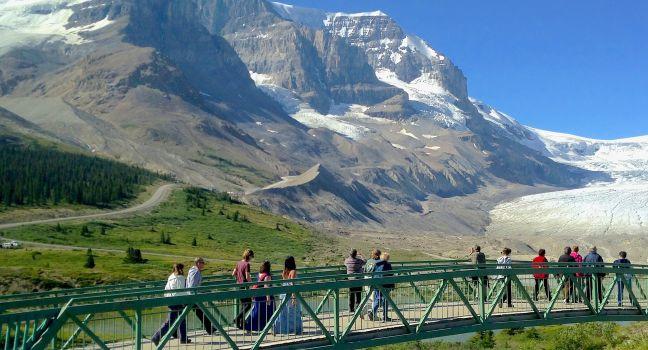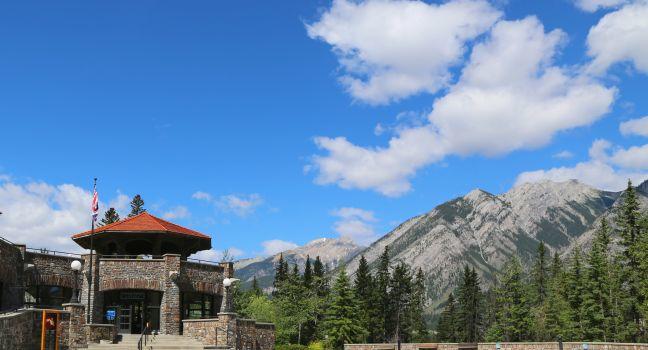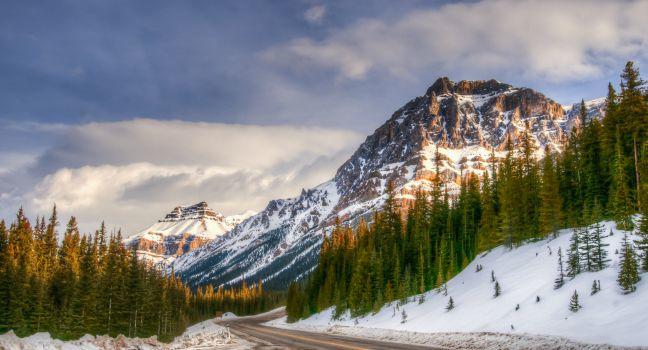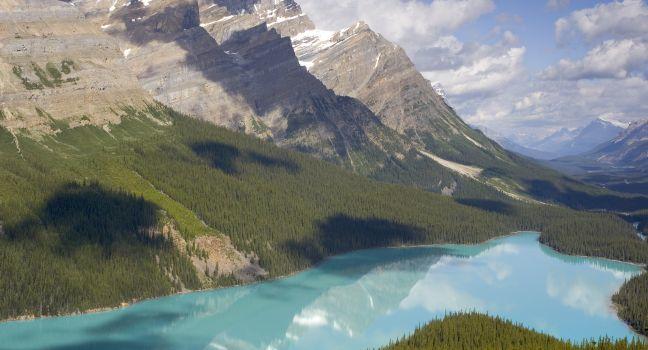Family
Three beloved neo-Gothic-style buildings with copper roofs dominate the nation's capital from Parliament Hill, overlooking the Ottawa River. Originally built between 1859 and 1877, they were destroyed by fire in 1916. The Centre Block was rebuilt by 1920 and is where the two houses of Parliament, the Senate, and the House of Commons work to shape the laws of the land. Masterfully carved stone pillars and provincial emblems in stained glass in the House of Commons are all works of the nationally renowned artist Eleanor Milne. If the House is sitting, be sure to watch Question Period, a lively and at times theatrical 45-minute session during which members of the opposition fire current-events questions at the prime minister and members of the cabinet.
Visitors to the central Peace Tower, completed in 1927, often tour the Memorial Chamber's Altars of Sacrifice, with five Books of Remembrance bearing the names of Canadians killed during military service. Also in the Tower is a 53-bell carillon. From September through June, the Dominion Carillonneur gives 15-minute concerts at noon. In July and August there are one-hour concerts at 2. (All concerts are weekdays only.) Outside on the lawn there's plenty of room to observe the colorful Changing of the Guard ceremony, which takes place daily at 10 [am], late June to late August, weather permitting. The Ceremonial Guard brings together two of Canada's most historic regiments, the Canadian Grenadier Guards and the Governor General's Foot Guards.
North of the Centre Block and reached via its corridors is the Library of Parliament, the only part of the original Parliament Buildings saved from the fire of 1916. A statue of the young Queen Victoria is the centerpiece of the octagonal chamber, which is surrounded by ornately carved pine galleries lined with books, many of them priceless.
In front of and on either side of the Centre Block are the East Block and the West Block. The East Block has four historic rooms restored to the period of 1872 and open to the public from July to early September: the original Governor General's office restored to the period of Lord Dufferin, 1872–78; the offices of Sir John A. Macdonald and Sir Georges Étienne Cartier, Fathers of Confederation in 1867; and the Privy Council Chamber. The West Block contains offices for parliamentarians and is not open to the public.
Same-day reservations for 20- to 60-minute tours are available at the Visitor Welcome Centre, inside the entrance to the Centre Block. From mid-May to August, make reservations at the white tent on the lawn. Allow extra time to go through security scanners. A free half-hour Sound and Light Show (early July–early September) with highlights of Canada is offered twice nightly. Parliament Hill is also the place to be on Canada Day, July 1, for concerts, fireworks, cultural exhibitions, and free performances by top Canadian entertainers. Note: visiting hours are limited when Parliament is in session, so call ahead.







